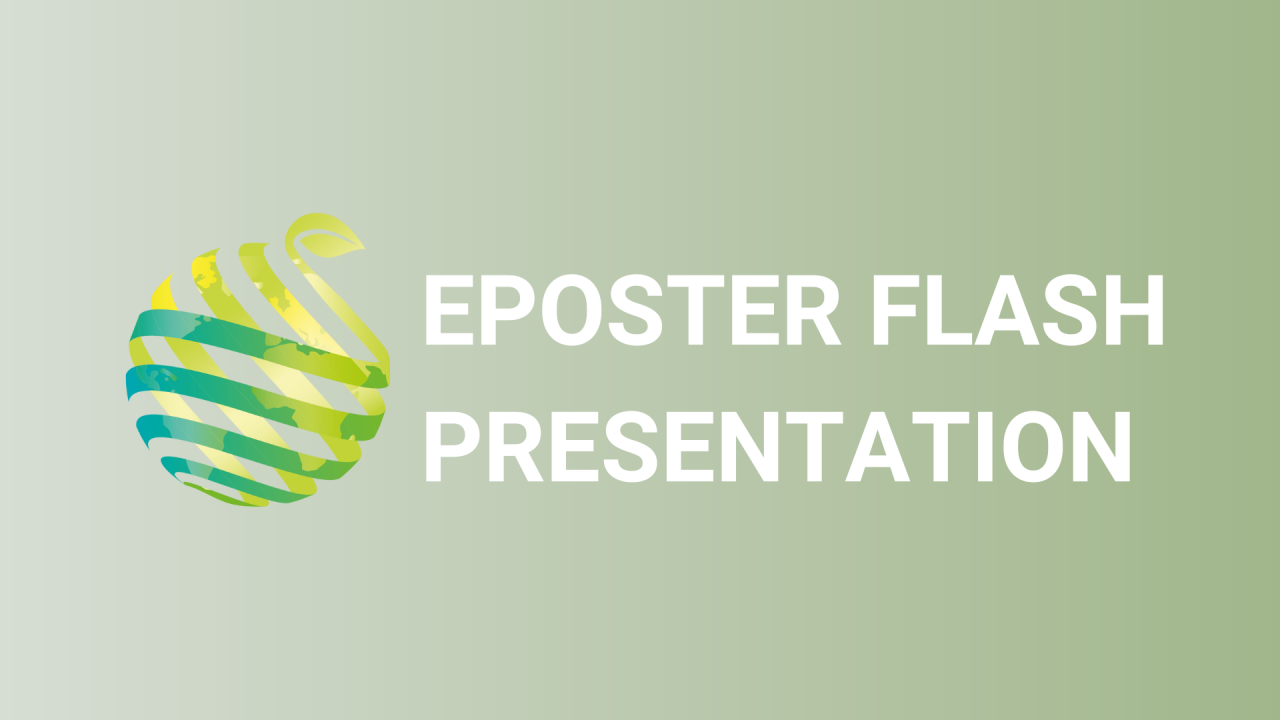

S01 - Session P6 - Molecular identification of the cytoplasm type and nuclear fertility restorer locus through marker-assisted breeding in short day Indian onion
Information
Authors: Hira Singh *, Anil Khar, Masochon Zimik , Priyanka Verma
India contributes more than 25 percent of global onion production with about 17 tons/ha productivity. Compared to other onion growing countries, productivity of India is significantly low with the basic reason being the non-availability of quality hybrid seeds. In India, mainly open-pollinated varieties (OPVs) are being cultivated for bulb production. Although an important cash and socio-economicl crop, systematic and focused use of molecular markers for hybrid breeding have not been exploited extensively. Stable CMS lines, their maintainers and inbreds as pollen parents are a prerequisite for hybrid breeding. Conventionally, it is cumbersome and utmost laborious to identify CMS and maintainer lines due to its biennial and outcrossing nature. Established specific markers have proven to be helpful in the effective selection of male sterile, maintainer and restorer lines. Keeping this in view, we used 35 commercially well-accepted OPVs (varying from white to dark colored bulbs) to identify their cytoplasm and nuclear fertility-restorer locus ( Ms ). Twentyfour healthy bulbs of each cultivar were selected and grown as per recommended agronomic practices. Tender leaves (2-3 cm) were cut for DNA isolation from 840 plants. Six PCR-based markers were employed for cytoplasm and Ms locus identification. Furthermore, the fertility status of each plant was determined by naked eye, microscopically and through acetocarmine staining. The results revealed that the Indian onion population possesses N and S cytoplasm, but not the T type. S cytoplasm is stable and the preferred CMS mechanism for F 1 development. The Ms specific markers assessed all types of genotypes. It was observed that distinguishing fertile/sterile plants based on anther/pollen colour and shape was not in line with the molecular results. Establishment of this fundamental information would provide a solid foundation for further hybrid breeding for increased productivity in a rapidly changing climate.